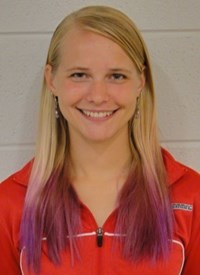Celebration of Scholars
Epic Love: Tradition and Chastity in Book III of The Faerie Queene
 Name:
Susan Peinsipp
Name:
Susan Peinsipp
Major: Great Ideas & English
Hometown: Lombard, IL
Faculty Sponsor:
Other Sponsors:
Type of research: Senior thesis
Abstract
Britomart, the
central knight of Book III and the Knight of Chastity, is the only female knight
to have her own book in Edmund Spenser’s Faerie
Queene. Spenser is using Britomart to expand the female tradition. The
female tradition has a foundation in the ancient epics and romance but it is
not significant; the focus here is on women. Spenser uses tree imagery to
illustrate how he is building up the tradition. Britomart is a female knight in
a typically male role and her quest is for empire through love and lineage,
instead of empire through war. Love becomes active. Britomart is the
allegorical representation of chastity, which is part of love. Love is the
moderator for it is steadfast and does not easily give into temptations.
Chastity is a sexual responsibility to marry and have children to carry on the
empire. Through a primarily Formalist approach, it is revealed how Book III grows the female tradition in literature and defines chastity.
